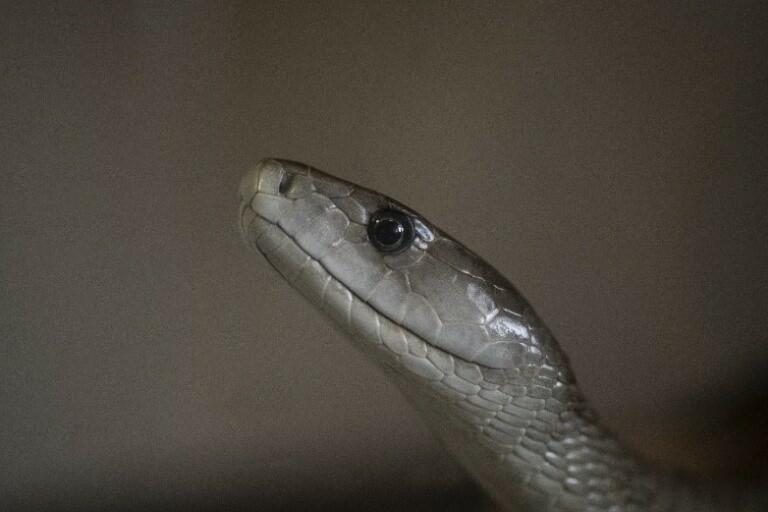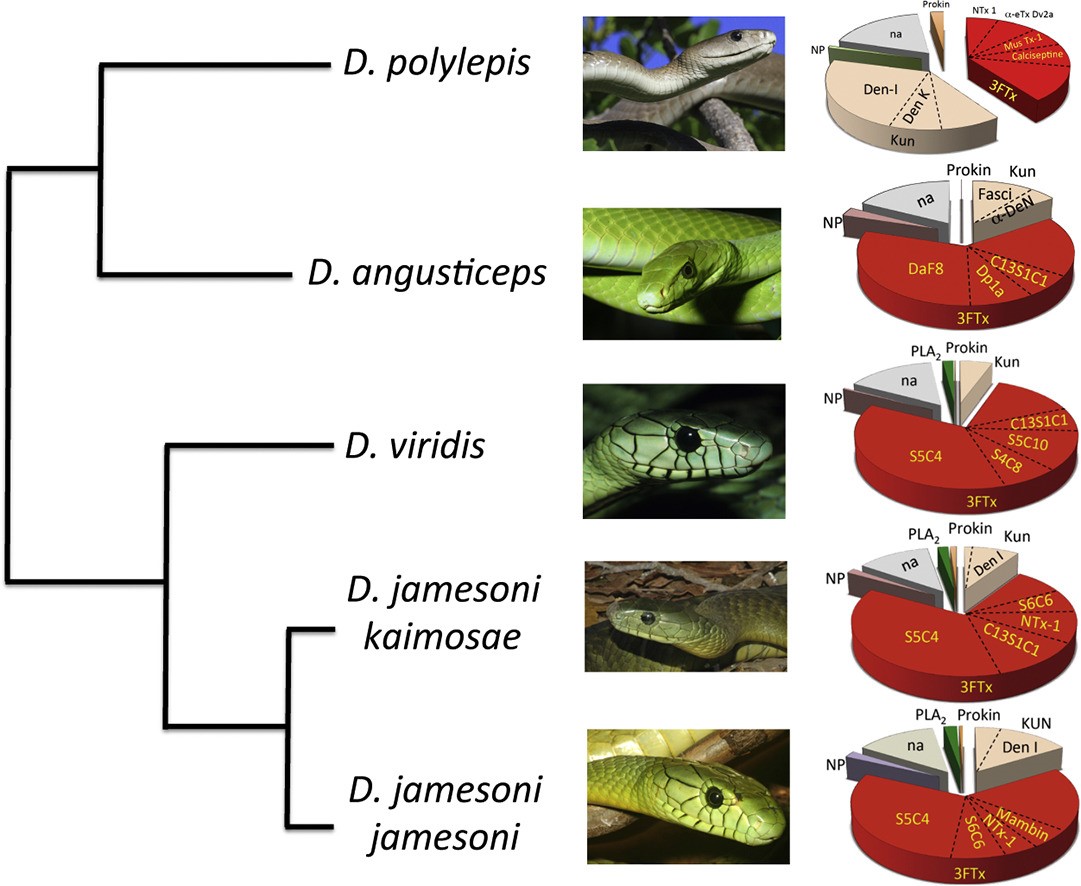
This week’s CSRI snake of the week is the Black Mamba (Dendroaspis polylepis). They can move at an incredible rate of up to 12.5 miles per hour, and native to parts of sub-Saharan African. This was the reason the CSRI team #BlackMambas in LSTM’s RaceToMalawi chose them as our team mascot, clearly a good choice leading to our win.
Black mambas are named after their distinctive blue-black mouth, and famously featured in the film Kill Bill! Their neurotoxic venom is extremely potent, making them one of the most feared snakes in the world.
The team here at CSRI have published about the medical threat of mamba envenoming in sub-Saharan Africa, revealing the genus-wide analysis of venom composition, toxicity and effectiveness of available antivenoms .
The Mambas (genus Dendroaspis) are among the most feared of the medically important elapid snakes found in sub-Saharan Africa, but many facets of their biology, including the diversity of venom composition, remain relatively understudied. This paper presents a reconstruction of mamba phylogeny, alongside genus-wide analysis of venom composition. When it comes to venom composition, the green mambas, D. viridis, D. angusticeps, D. j. jamesoni and D. j. kaimosae, are dominant in a toxin called three-finger toxins (3FTx), black mamba (D. polylepis) venom is dominated by dendrotoxins I and K (see image below). It is plausible that this major difference in venom composition is due to their dietary variation linked to their lifestyle. Green mambas are mainly arboreal (tree-dewelling) compared to the terrestrial (ground-dwelling) nature of the black mamba.

The diversity within this collection of related Dendroaspis snakes (genus-wide context) led the authors to look at how effective antivenoms are across this genus of snakes. To this end, the immunological profiles of the five mamba venoms were assessed against a panel of commercial antivenoms generated for the sub-Saharan Africa market. This study provides a genus-wide overview of which available antivenoms may be more efficacious in neutralising human snakebite envenomings caused by mambas, irrespective of the species responsible. The information gathered in this study lays the foundations for generating a safer and more efficacious antivenom against any mamba envenomation.
Ainsworth, Stuart, Petras, Daniel, Engmark, Mikael, Sussmuth, Roderich, Whiteley, Gareth, Albulescu, Laura-Oana, Kazandijan, Taline D, Wagstaff, Simon, Rowley, Paul, Wüster, Wolfgang, Dorrestein, Pieter C., Arias, Ana Silvia, Gutiérrez, José M., Harrison, Robert, Casewell, Nicholasand Calvete, Juan J (2018) 'The medical threat of mamba envenoming in sub-Saharan Africa revealed by genus-wide analysis of venom composition, toxicity and antivenomics profiling of available antivenoms.'. Journal of Proteomics, Vol 192, pp. 173-189.